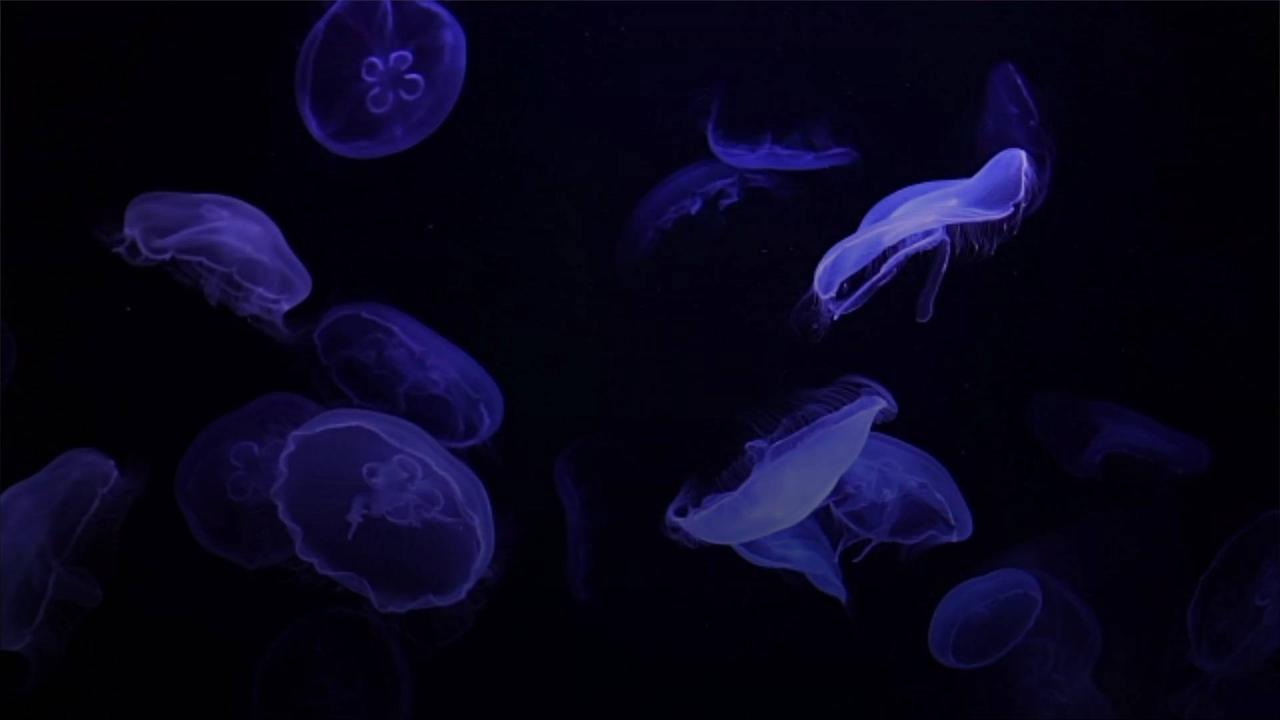An Abundance of Life Could Survive in the Dark of the Deep Ocean, Study Suggests

An Abundance of Life Could Survive in the Dark of the Deep Ocean, Study Suggests
An Abundance of Life , Could Survive in the Dark , of the Deep Ocean, Study Suggests.
Emerging research suggests that a process called chemosynthesis, which allows for life deep in the oceans, is far more abundant than previously thought.
Rather than using photosynthesis to store energy, some microbes rely solely on the oxidation of inorganic molecules, a process known as chemosynthesis.
Rather than using photosynthesis to store energy, some microbes rely solely on the oxidation of inorganic molecules, a process known as chemosynthesis.
ScienceAlert reports that the potential source of energy was speculated to exist in the 19th century, though it was not confirmed until the 1970s.
.
Previously, it was believed that the rare process only occurred in extreme habitats.
According to a team of researchers from Monash University in Australia, there is evidence that the process is the primary way of life for invisible marine microbes.
Hydrogen and carbon monoxide in fact 'fed' microbes in all regions we've looked at: from urban bays to around tropical islands to hundreds of meters below the surface, Chris Greening, Monash University microbiologist, via ScienceAlert.
Some can even be found beneath Antarctica's ice shelves, Chris Greening, Monash University microbiologist, via ScienceAlert.
ScienceAlert points out that molecular hydrogen is a convenient source of energy found in a wide variety of ecosystems. .
According to the authors of the study, hydrogen must be an important energy source for bacteria in seawater, particularly in the deepest, darkest depths.
The first life probably emerged in deep-sea vents using hydrogen, not sunlight, as the energy source.
It's incredible that, 3.7 billion years later, so many microbes in the oceans are still using this high-energy gas and we've completely overlooked this until now, Chris Greening, Monash University microbiologist, via ScienceAlert.
The first life probably emerged in deep-sea vents using hydrogen, not sunlight, as the energy source.
It's incredible that, 3.7 billion years later, so many microbes in the oceans are still using this high-energy gas and we've completely overlooked this until now, Chris Greening, Monash University microbiologist, via ScienceAlert

![The Dark Side of Sharks: A Look into the Deep Sea Species [Video]](https://video.newsserve.net/300/v/20230212/1676207435-The-Dark-Side-of-Sharks-Look-into.jpg)